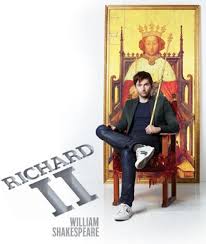 ‘I am Richard II, know ye not that,’ is what Elizabeth I is recorded as saying in 1601, with reference to Shakespeare’s play of that name, demonstrating the extent to which such a drama, written in the late years of her reign was as much about the present as the past. The most recent production of Richard II from the RSC is running at the Barbican with David Tennant in the title role. Most well known, judging by the queues of fans at the stage door, for his stint as Dr Who, Tennant takes us on another sort of time travel with a rendition of the beleaguered king that manages to combine both Elizabeth and Richard, visiting at once two distinct periods in history, each turbulent in its own way. In the late sixteenth century the deposition of Richard II, within such a dramatic context, articulated the suggestion that there were circumstances under which justification could be found to go against the divine right of Kings and be rid of a flawed ruler. This would have resonated with an Elizabethan audience aware that Richard’s demise allowed for the rise of two legendary monarchs (Henry IV and V) known for their great martial victories over France. Indeed, the deposition scene was sufficiently controversial in its time, drawing dangerous parallels between Richard and Elizabeth, as to have been left out of most performances and printed versions of the play. 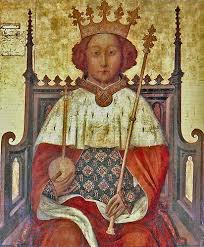 We tend to think of the long reign of Gloriana as a great triumph from start to finish, with the Spanish threat defeated and the violent religious polarisation of her sibling’s reigns solved. But as the Queen aged she relied increasingly on unpopular advisors and her vacillating temperament, which had worked in her favour for so long (playing off the rulers of Europe one against the other with indecision over which she would marry) crystallised into a stubbornness that was ruled by fear. Elizabeth’s refusal to name a successor, for fear of people’s tendency to look, as she described it, ‘to the rising than to the setting sun,’ and having passed the age when she might realistically be able to bear an heir of her body, had by the 1590s created a problematic instability in an England that was increasingly perturbed. For years after the great defeat of the Armada the country was in a state of jitters, fearing Spanish reprisals and, despite Elizabeth’s policy of religious toleration, the threat of Catholic rebellion within England’s shores had become a permanent concern, added to that four consecutive years of failed harvests meant people were starving. It is no wonder then that plays such as Richard II, with a weak and vacillating king at its heart, emerged at this moment in time, to hold up a mirror to the Elizabethan court. It was an oblique way to criticise the status quo without ending up on the scaffold. Shakespeare’s Richard, a man clearly demonstrated as being overly dependent on the advice of suspect favourites, is deposed by the decisive and assertive Bolingbroke who stands to represent just the safe pair of hands late Elizabethan England might have wished for. 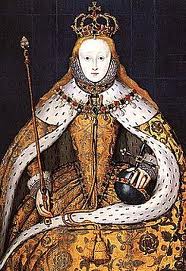 Tennant brings to the role of Richard less of the fay girlishness of some interpretations and more of a regal stiffness and distance, a rigidity of mind and body that articulates an entrenchment of stubbornness and an inability to change. He has long hair, white wafting robes, a ghoulishly pale face and, as he is lowered into view to sit motionless in his throne above the action, he is both a sexless image of the saviour and also the doll-like Elizabeth of her famous coronation portrait. At a distance it is easy to forget, given the many successes and the length of Elizabeth’s reign, the extent to which it was difficult for England to accept a woman at the helm. These difficulties are articulated in the figure of Richard who displays many of the negative tropes considered to be the essence of femininity in the period: weakness, mutability and so on. Elizabeth had successfully rebranded herself, from the illegitimate daughter of Henry VIII and the loathed Anne Boleyn, into the Virgin Queen, mother to the nation, an untouchable icon of perfect ethereal womanhood, as if she were an Athena born from her father’s helmet. However as her body began to decay, forcing people to think of the uncertainty beyond her reign, her status as icon became increasingly difficult to pull off, requiring increasing artifice as each year passed. 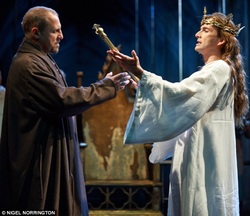 In the play’s final scene when the enthroned Bolingbroke is lowered down onto the elevated set, as was his predecessor at the play’s beginning, we see an entirely different figure. As Henry IV he has discarded his chainmail for something altogether more regal, but beneath the purple silk sits a warrior ready to take on his enemies, an ideal the beleaguered English could only hope for. In 1661, on the eve of the Essex rebellion – in which the disaffected Earl of Essex, the popular warrior with the common touch, hoped to raise the people up to depose Elizabeth in favour of her Scottish cousin James – Essex’s steward bribed the Lord Chamberlain’s Men to put on a performance Richard II including the deposition scene. The intention was that it would encourage people, girded by the sight of a weak king deposed in favour of a strong one and the dangerously subversive notion that there are times when divine right is wrong, to join the cause. The plot failed, Essex lost his head and two years later James Stuart came to the throne anyway. 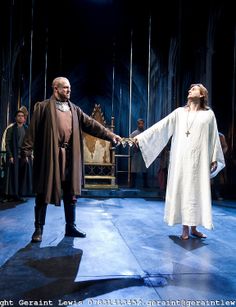 What then is the political relevance of such a play for the twenty-first century audience? Is it possible to see echoes of post-Iraq Tony Blair pushed off his perch by Gordon Brown – not really, because we no longer live under the tyranny of absolute rule or divine right. Richard II does not have the contemporary parallels of a play like Hamlet, with its focus on surveillance and political paranoia. Its lessons are more personal and intimately psychological, allowing us to see the problems of intractability and the reliance on dubious advice writ large. What it also tells us is that history always remains relevant – I feel sure the Time Lord would approve. The RSC production of Richard II runs at the Barbican until 25th January and is to be screened at cinemas nationwide.
1 Comment
|
Subscribe to Elizabeth's quarterly newsletter below:Archives
June 2018
Categories
All
|
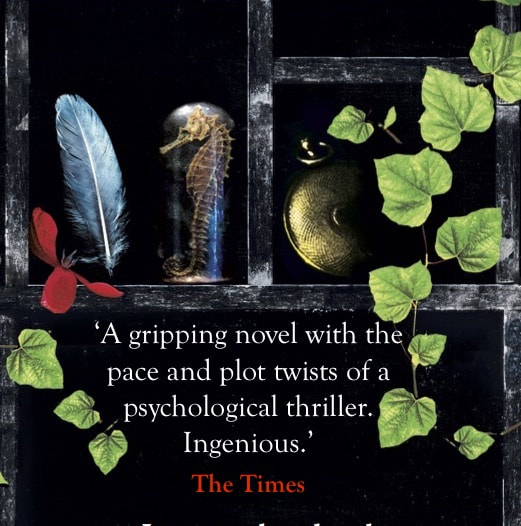
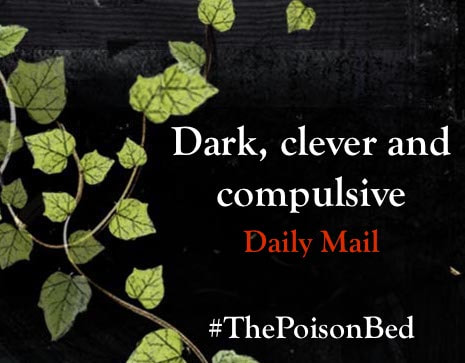
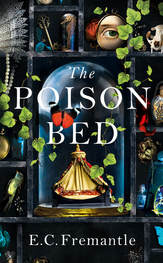
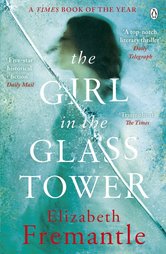
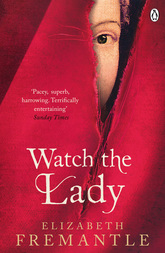
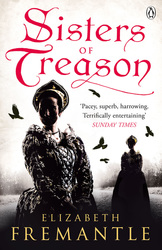
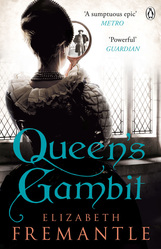
 RSS Feed
RSS Feed
